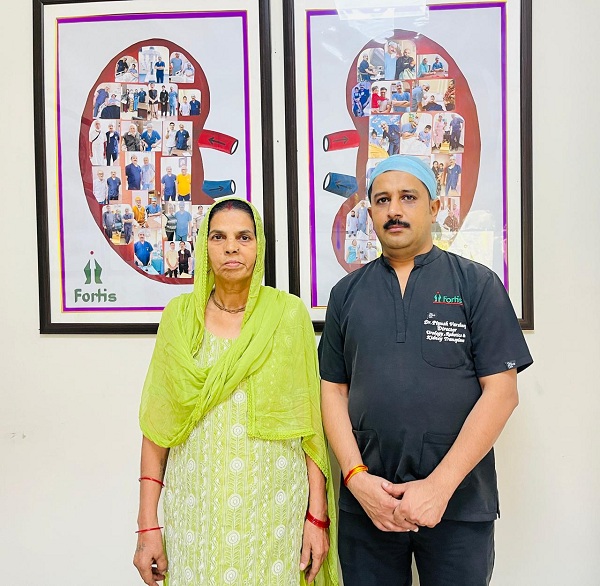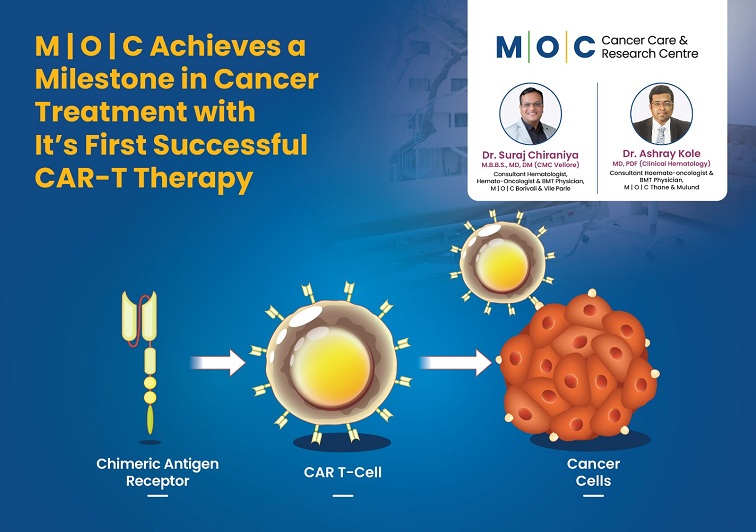5th December, 2024: Redcliffe Labs, a purpose-driven pan-India omnichannel diagnostics service provider, has conducted a study that reveals arthritis is no longer limited to older adults. It affects individuals of all age groups and genders. Conducted over three years with 2 million tests, it revealed that approximately 1 in 5 people are at risk of developing arthritis.
Arthritis symptoms often worsen during the winter season. Colder temperatures can increase joint stiffness and inflammation, making timely intervention even more critical. Individuals with arthritis are advised to adopt preventive measures such as regular physical activity and joint care. With India witnessing a remarkable rise in preventive healthcare awareness, the number of individuals seeking regular health checkups increasing by over threefold from 2022 to 2024. This growing focus on early detection is a critical step toward better health outcomes for millions. With a focus on increasing awareness about the health issue, Redcliffe Labs’ study highlights the gender-neutral nature of arthritis.
The study found abnormal test results in 18% of men and 10% of women aged 26 to 40. It indicates that arthritis is not exclusive to women; instead, the onset of arthritis is higher in men at a younger age, whereas the abnormalities are higher in women with increasing age. Both men and women should be equally cautious and proactive about their health, particularly during colder months.
Dr. Geetanjali Gupta, Director of Technical Operations and Quality Assurance at Redcliffe Labs, stated, “We are observing a shift in the demographics affected by arthritis. With 1 in 5 people at risk of developing arthritis, especially in the younger age group, early diagnosis becomes crucial in preserving mobility and quality of life. Identifying the condition in its early stages allows for proactive treatment, lifestyle adjustments, and long-term management that can significantly slow its progression and reduce its impact. It is crucial to raise awareness and encourage preventive measures to address this growing health concern.”
Furthermore, the study highlights that women, especially as they age, face a higher risk of developing arthritis. The risk increases from 10% in the age group above 25 to 33% in the age group above 70. However, the risk of developing arthritis remains relatively consistent for men of all ages.
The findings emphasize the importance of early diagnosis, particularly for younger adults, to enhance the quality of life.
Aditya Kandoi, CEO and founder of Redcliffe Labs, also commented on the findings, stating, “The growing awareness of preventive health checkups is encouraging, but there is still much to be done in combatting chronic autoimmune conditions like arthritis. At Redcliffe Labs, we are dedicated to not only providing affordable and accessible diagnostics but also promoting a cultural shift towards proactive health management. Prevention is the future of healthcare, and we are committed to ensuring that more people can take control of their health before it’s too late.”
As arthritis cases increase and more people become aware of the importance of regular checkups, Redcliffe Labs continues to emphasize the significance of preventive care in addressing the country’s growing health challenges.





